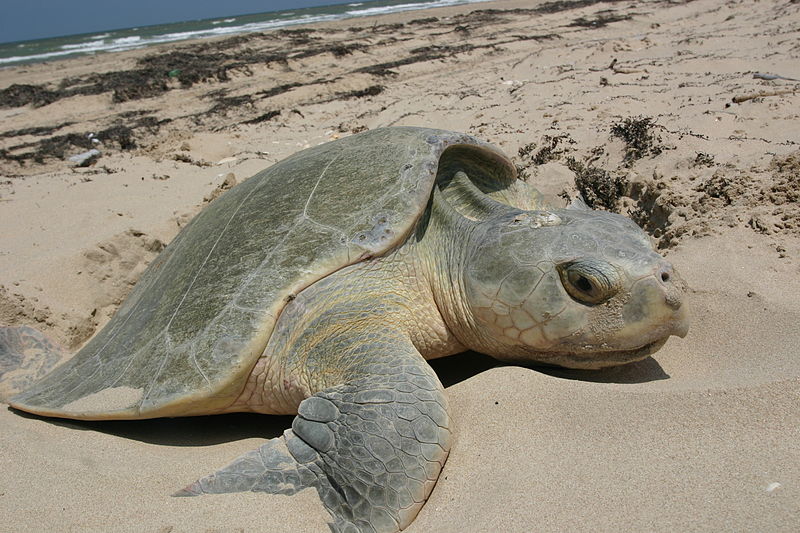3 Countries Lead Call for UN Body to Solve Longlining Problem
(Forest Knolls, CA)—Three countries successfully raised the industrial longline fishing problem as a key concern for the June meeting of the United Nation Convention on the Law of the Sea (UNCLOS). Costa Rica, Croatia and Sweden joined more than 800 scientists from 83 countries and 230 environmental organizations from 54 countries at a recent planning meeting of UNCLOS in calling for the UN to prevent the extinction of two sea turtle and one albatross seabird species. Proposed solutions include a moratorium on longlining and a network of high seas Marine Protected Areas in the Pacific, which will also benefit poor coastal fishing communities.
“Costa Rica, Croatia and Sweden’s visionary action is to be applauded. The global community now needs to take the next steps to address the threat industrial longline fishing poses to sustainable fishing, marine diversity and international food security,” celebrated Robert Ovetz, coordinator of the Save the Leatherback Campaign.
Over the past few years, the UN General Assembly, Food and Agriculture Organization, Convention on Biological Diversity and the World Summit on Sustainable Development have all called for prohibitions of “destructive fishing practices” on a case by case basis.
This month 23 NGOs and 34 scientists representing 28 countries have been lobbying their governments to raise the longline fishing problem at the next meeting of the UN Convention on the Law of the Sea.
“There is no better case to begin with than the problem of industrial longline fishing,” Ovetz added. “Longline fishing sabotages sustainable development by wiping out commercially valuable fish stocks. Tuna catches have declined so rapidly in the South Pacific that canneries are being forced to lay off workers and reduce their hours of operation. Small-scale fisheries in the Asia are on the verge of collapse because unregulated industrial longline vessels are striplining the ocean leaving little fish for the local people.”
Recent reports in the scientific journal Nature and another to be published soon in the journal Ecology have also warned that billfish and shark populations have declined by about 90 percent in the Atlantic, Gulf of Mexico and the Pacific since the 1950s. Billfish and sharks as well as sea turtles, seabirds, marine mammals and even tuna and swordfish are caught and killed by longlines as so called bycatch. A recent study by the Sea Turtle Restoration Project found that 4.4 million of these species are caught and killed in the Pacific each year.
Ovetz explains that “fewer billfish means fewer recreational fishing tourists traveling to developing countries. The rapid decline in sea turtles also threatens to destroy a growing new eco-tourism industry that annually generates millions of dollars for countries like Costa Rica.”
The female nesting population of the 100 million year old Pacific leatherback sea turtle has collapsed by 95 percent since 1980. The leatherback is listed as critically endangered by the World Conservation Union and scientists warn that it could extinct in the next 5-30 years unless immediate action to remove threats to its survival such as longline fishing. The Pacific loggerhead sea turtle and the black-footed albatross are also caught primarily by longlines and considered on the precipice of extinction. Longline fishing is the main threat to albatross seabirds, 19 of the 21 of the species of which are considered threatened or endangered.
The UN Convention on the Law of the Sea will be considering the problem of industrial longline fishing at its meeting June 6-10 in New York City.
Leatherback Resources:
Review copy of the documentary “Last Journey for the Leatherback?” is available upon request
B-roll video footage is available upon request
Interviews with leading scientists are available
The scientist petition is available at:
click here
The NGO petition is available at:
click here
Press packet is available upon request




